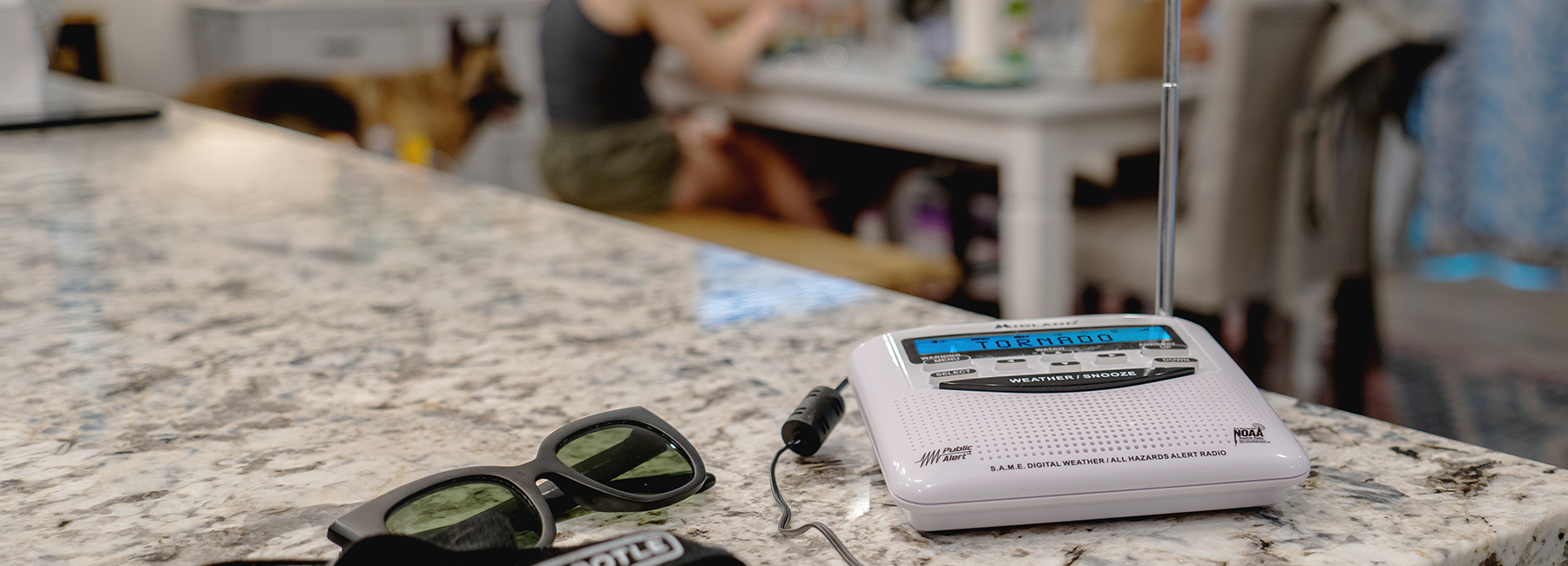You're almost there! Add $250.00 to your cart for free shipping.

May 30, 2019
Midland Radio Corporation is headquartered in Kansas City, Missouri, in the heart of America's "Tornado Alley." We are used to having severe weather in the month of May, but the importance of having a NOAA Weather Radio was emphasized on May 28, 2019 when a large, destructive tornado touched down southwest of Lawrence, Kansas and tracked 32 miles toward the western suburbs of Kansas City. Homes and businesses were destroyed by this massive tornado, which was at times a mile wide, but luckily no one was killed.






